Yates Account
Join now
Create a Yates account today!
Sign up to join the Yates Garden Club for monthly e-mails packed with seasonal inspiration, tips for success & exclusive promotions.
Plus if you’re a Garden Club member you can take part in the Yates Growing Community - a blog to share successes, get advice & win prizes in fun challenges along the way!

Forgot password
Enter the email address associated with your account, and we'll email you a new password.

If you’re after a dramatic feature for your garden, a lollipop plant will create an instant exclamation point in the landscape. Lollipop plants refer to plants that have been shaped to form a trunk and rounded head so that they look a bit like the proverbial ‘apple on a stick’. They’re easy to produce – all you need is a suitable plant, a commitment to regular pruning and shaping, and most important of all, patience.
Which plants to choose?
Ideally, select a plant with small leaves and a flexible single stem that can be trained to form the trunk. All is not lost, however, if there are multiple stems emerging from the base because some of the most stunning mop tops are produced when two or more stems are twisted into a spiral or plaited.
Gardenias (pictured below) are popular choices, as are box plants and ornamental figs. Some climbing plants – such as the easy-to-grow and attractive star jasmine (Trachelospermum jasminoides) – can be trained into a lollipop shape with the main supporting stem(s) twined around a stake. Westringia, the native rosemary, brings an attractive grey-green note to the garden and gives it a Mediterranean feel. A similar effect can be achieved by using more traditional plants such as olives and some of the taller-growing lavender varieties.
Duranta, the pigeon berry, is a favourite mop top choice in warmer climates. The Mop Top Robinia is widely planted but watch out for its tendency to produce unwanted suckers from the roots.

Getting started
After selecting the plant, choose the main support and remove other unwanted branches and shoots. Tie the stem to a stake but remember to watch that the tie itself doesn’t become a cincture as the stem thickens. Replace when needed or use a tie that allows for expansion.
Pinch out the growing tip at the top of the plant. This will encourage the development of the lateral (sideways) growth that will form the lollipop. Then trim all over to begin shaping the head.
Maintenance
Watch out for new shoots emerging from the stem – the most effective way of removing these is to rub them off with your fingers while they are as small as possible.
Because of its shape, a lollipop is naturally top-heavy, so potted specimens should be kept in a wind-protected spot.
Feed regularly during the growing season with a long-term fertiliser such as Yates Dynamic Lifter Organic Plant Food.
Keep the head clipped into a perfect ball shape by using a plastic hula hoop as a guiding template.



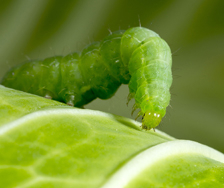
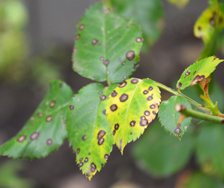
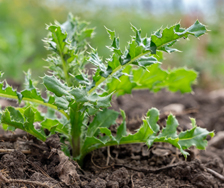
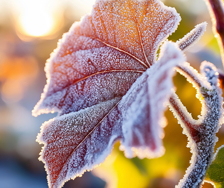
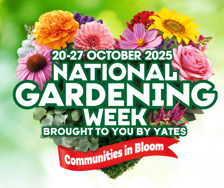







Share
Share this article on social media